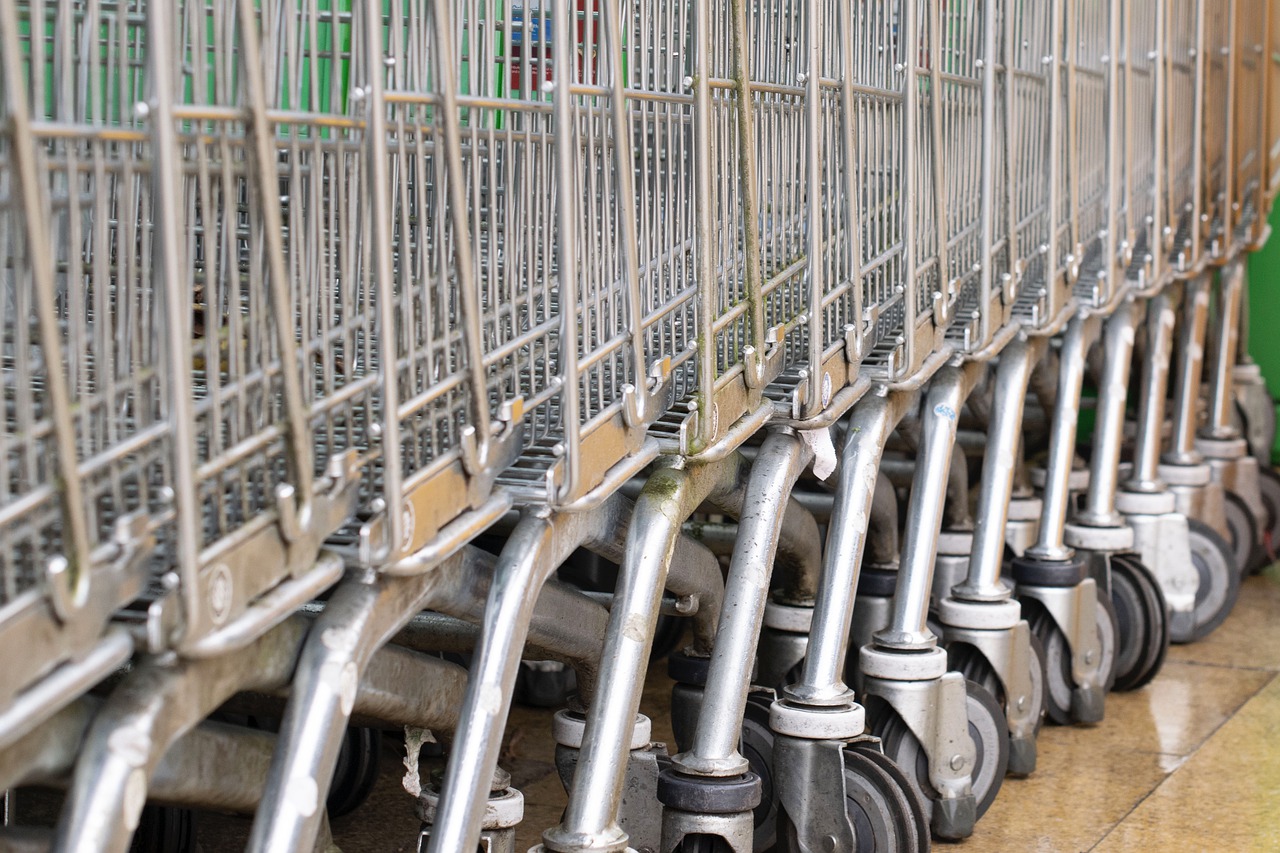
By DAVID SOLL
The Discussion
The value of eggs and bread is soaring – a development that’s specially punishing for the poorest People.
Normal food stuff charges climbed an annualized level of 10.4% in June, the Bureau of Labor Stats documented on July 13, 2022. The gains have been driven mainly by the price tag of groceries, which jumped the most given that the 1970s, by 12.2%. General inflation was up 9.1% from a calendar year previously.
These sharp will increase have startled individuals, in big section simply because meals expenses had been climbing moderately for a long time.
Even though all Us citizens have witnessed their grocery bills swell, a lot of might not
fully take pleasure in the massive stress that growing food charges pose for
small-profits homes. The reason is straightforward: Weak families expend a a great deal
more substantial share of their income on foodstuff than the median family.
In 2020, the ordinary middle-profits American family members spent roughly 12% of its earnings on food. In sharp contrast, very poor households spent 27% on food that yr.
What clarifies this massive discrepancy? The respond to starts with a
dramatic modify in expending designs amid American homes through
the 20th century, which I uncovered whilst researching shifts in commuting practices.
In the 1900s, the bare requirements of existence, like food, ended up
enormously highly-priced compared with nowadays, leaving minor room for
paying on other items or services for most People in america, according to a 2006 review by the Office of Labor. On typical, American family members put in in excess of 40% of their cash flow on food in 1901, 23% on housing and 14% on outfits.
But the relative expense of food items and clothing lowered steadily over
the next 100 many years. By 2002, the two groups represented only 17.3%
of a center-class family’s expenses and by 2020, the determine experienced fallen to 14.2%.
The sharp drop in the value of meals and clothing led to a massive
reshuffling of family budgets in excess of approximately the previous century. As folks
decreased their investing on these goods, they put in extra on housing,
transportation and insurance policies. As the region grew to become wealthier, discretionary shelling out enhanced, too. Most People had a lot more place in their budgets for feeding on out, televisions and entertainment.
This revolution in house expending mainly excluded bad
People in america, who keep on to dedicate most of their earnings to feeding their
households and other requirements like shelter. As a end result, they are
specially vulnerable to spikes in food items expenditures.
Low-money homes commit far more than twice as huge a share of
their budgets to foods as center-profits households. As a outcome, foodstuff
inflation is close to two times as burdensome for households of limited suggests.
But this really understates the stress of significant food items costs on the lousy
simply because, not like center-class households, they have tiny discretionary paying out they can pare again to free of charge up money for foodstuff.
American households are responding to soaring foods inflation
by having out a lot less usually, getting generic brands and consuming fewer
meat. For a lot of, it may well be the 1st time they’ve ever experienced to be so
careful about what they invested on food items.
Bad family members, on the other hand, have extensive been compelled to deploy these tactics to retain food stuff expenses in test.
An believed 38 million Americans
are food stuff-insecure, which means that they have insufficient usually means to attain
ample food. The problem is, with food inflation increasing at the fee
it is, extra families will encounter the prospect of staying not sure where by their
up coming food is coming from.
David Soll is an Affiliate Professor of History and Environmental Research, University of Wisconsin, Eau Claire.






